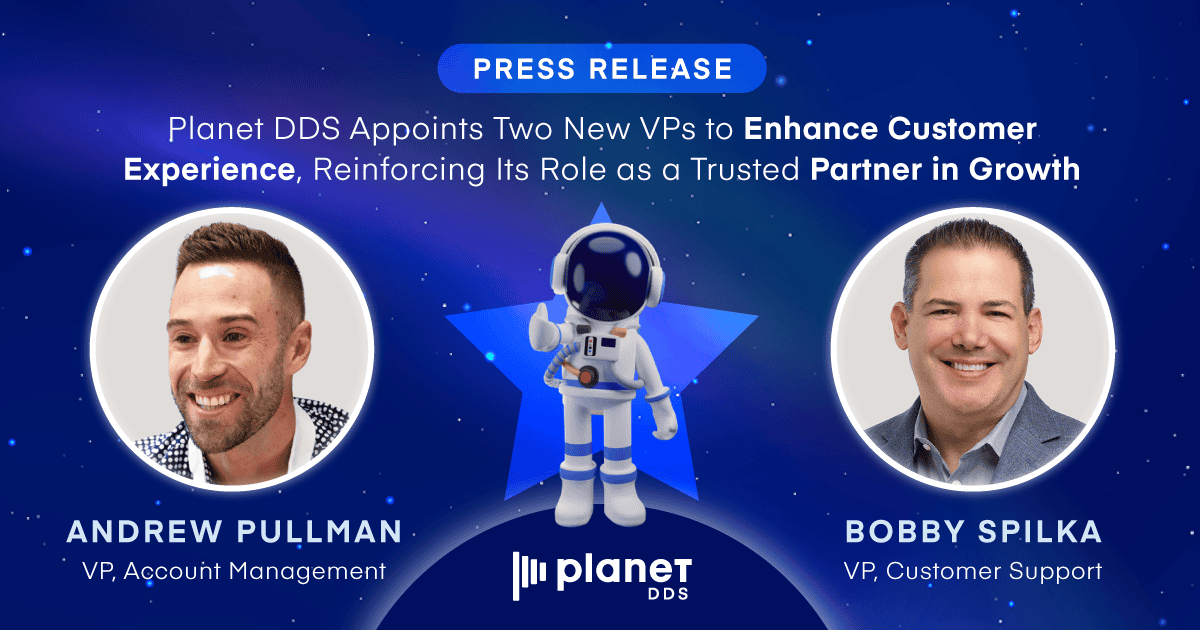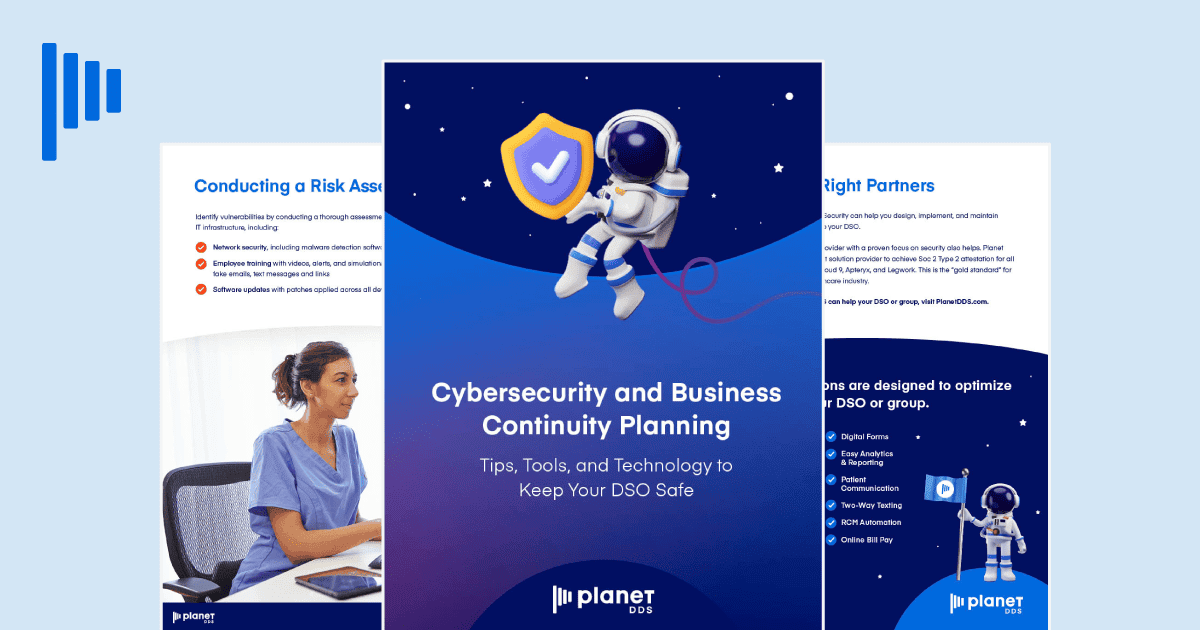How Segmentation Makes Dental Marketing Easier

Picture this: someone who lives within walking distance of your dental practice receives your visually-appealing flyer in the mail…and tosses it directly into a recycling bin. Now imagine a website visitor downloads your eBook, “How to Get Cleaner Teeth”… only to unsubscribe from all your emails after receiving a promotional message for your family dental services. Though email blasts and bulk postcards are better than not communicating at all, you can drastically improve results by implementing one simple tool: segmentation.
What is segmentation? It’s communication with messages tailored for specific audiences based on their demographics, location, or behavior. For example, sending postcards inviting lapsed patients back for a cleaning is more effective than sending that same postcard to everyone in your contact list. Here’s some practical ways segmentation can significantly improve marketing for your dental practice:
Retain (and Engage) Your Hard-Earned Patients
Mass emails are often unopened or ignored—or worse, recipients may unsubscribe because the content isn’t relevant. Sending engaging and relevant information, on the other hand, is far more effective at engaging readers. They’re likely to open and click on emails you send, and unsubscribe less often. One MailChimp report showed that compared to mass emails, segmented emails resulted in:
- 14% higher open rates
- 54.8% higher clicks
- 7.2% lower unsubscribes
Save on Postage and Printing
Direct mail can still be extremely effective, but if those mass mailings go straight into a recycling bin they’re a waste of time and resources. By segmenting your contact list, you can ensure that the right message is delivered to the right person. If you run a multi-location practice, for example, segmentation helps you avoid sending direct mail about your newest practice’s open house to patients who aren’t nearby. And you can customize mailings so that they take different approaches for lapsed versus loyal patients
Show Patients You Care…With the Click of a Button!
Segmentation lets you personalize content based on people’s expressed interests, demographics, geographic location, and other specifics. For instance, imagine someone who downloaded your PDF on “How to Get Cleaner Teeth.” Sure, you could email them materials about your family dental services—but they expressed no interest in those services, and may mistake your message for spam. Now imagine that, instead, they receive a series of automated, informative emails about the benefits of teeth whitening—exactly what they’re interested in. This relevant information will nurture your contact so that when they reach your call-to-action, they’ll want to engage further with your practice.
Another way dental teams can show concern for patient well-being is by creating segmented lists based on the results of comfort surveys¹—for example, sending unique messages to people who noted in their responses that they fear pain. Small details like this communicate to your patients that you know and care for them specifically.
Prioritize Your Target Audience
Many practices identify their target audience—their ideal client—but then never actually market to them. Combining automation with segmentation enables you to send relevant messages to engage your target audience. For example, suppose your target audience is patients desiring family services within a 30-minute drive of your practice. When someone visits your website looking for family services, you can capture that lead and send a series of emails talking about those services. You can also create referral request emails designed with this person in mind. If your target audience includes patients with particular insurance coverage such as Delta Dental, you can create segmented lists to provide them with relevant updates about their coverage.
Respond to Needs Quickly
Automatic segmented messages enable you to swiftly address the needs of leads and current patients alike. Patients who schedule treatment online will immediately receive messages confirming and reminding them of their appointment. Leads who click on a PDF guide about a specific service, such as Invisalign®, will have their email address instantly added to a message series with additional information about that service.
Practices can also use automated messages to engage with segmented audiences via text and email, without any extra effort from the dental team. Here’s a few more possible uses:
- Emailing review requests after each patient appointment
- Sending appointment reminders for patients who are scheduled for upcoming visits
- Alerting patients with recall reminders when they are due for check-ups or cleanings
More Ways to Use Segmentation at Your Practice
Aside from automated messages, you can send uniquely-crafted messages to segmented audiences for a variety of purposes, including²:
- Following up with cancelled accounts from the last 30 days
- Messaging all active patients about a new speciality service
- Providing temporary entry or parking instructions (e.g., Informing patients with upcoming appointments to enter through a side door due to a minor remodel)
- Sending patients who had an extra wait time due to a temporary transition (such as a computer outage) a thank-you for their understanding
- Welcoming new patients from the previous month
- Notifying patients on an ASAP wait list that an appointment slot has become available
- Re-engaging patients who’ve been inactive, need a recall, and missed or cancelled appointments in the previous month
- Emailing referred patients a follow-up special
- Thanking patients who referred friends, or even sending them a gift
- Creating custom groups for patients interested in a particular service (e.g. “Dental Implants,” “Cosmetic,” or “Prevention”), then begin a series of automated messages as soon as someone gets added to group³
Implement Strategically
Overuse of segmentation can sometimes backfire, causing your audience to feel as if their privacy has been violated. Always adhere to HIPAA requirements, and provide your leads and patients with opportunities to control what messages they receive. A good practice is to include checkboxes in your online forms and links in your messaging emails that let your audience choose the updates they want, or allow them to unsubscribe entirely.
Segmentation is a powerful marketing tool for showing patients that you care, while saving your practice valuable time and resources. Sending the right messages to the right people can be just what you need to increase your lead flow and fuel your practice growth. Happy segmenting!
¹ Current Legwork customers, see our training video “Patient Tab Message Blasting and Individual contact” for steps on how to create segmented lists
² Legwork customers, see training video “Patient Based Reports” to learn how to implement these ideas
³ Current Legwork customers, see training video “Pat Tab Creating and Using Custom Groups” to learn how to create custom groups



